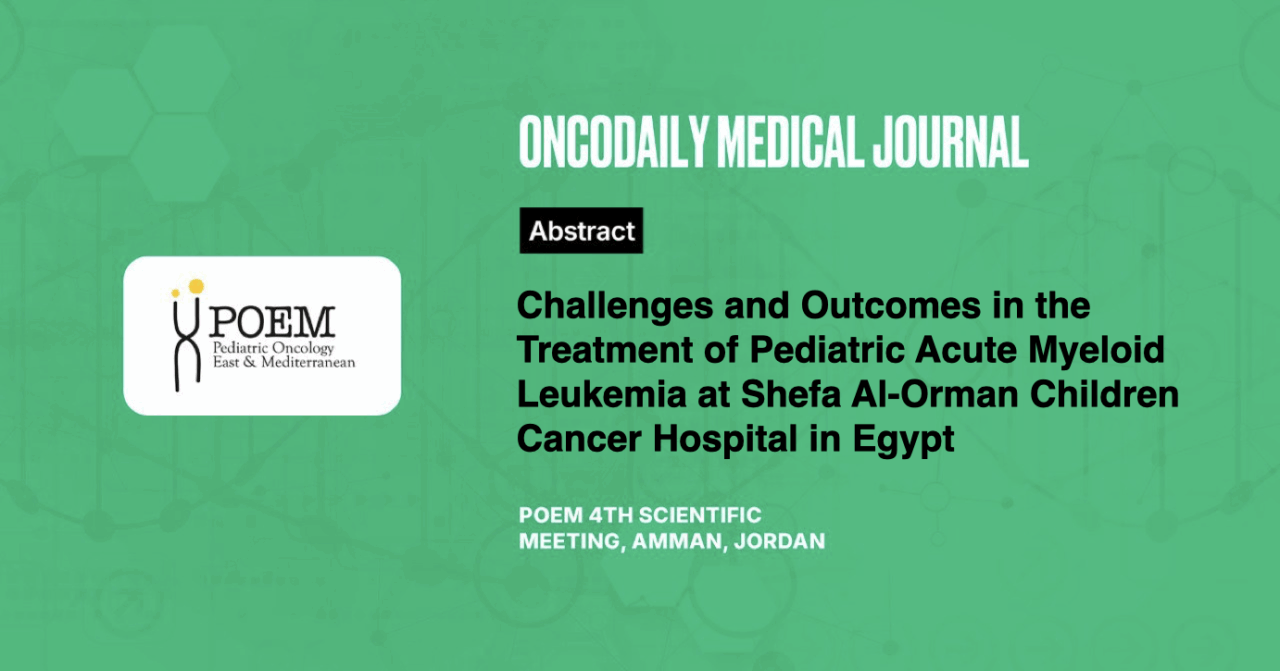Challenges and Outcomes in the Treatment of Pediatric Acute Myeloid Leukemia at Shefa Al-Orman Children Cancer Hospital in Egypt
Abstract
Introduction: Acute myeloid leukemia (AML) represents 15–20% of pediatric acute leukemia. Although AML is a serious disease, it is treatable and usually curable with chemotherapy with or without a bone marrow /stem cell transplant. Several clinical features can predict complete remission and survival rates in AML patients. This study evaluates the outcomes of these patients, with a focus on early mortality, a significant challenge in AML treatment. Understanding the factors contributing to early deaths is crucial for improving survival.
Methodology: Medical records of 51 children with newly diagnosed AML who were admitted to Shefa Al-Orman Children Cancer Hospital (SOCCH) from January 2021 to January 2025 were prospectively reviewed for demographic characteristics, clinical features at presentation, laboratory studies, treatment protocol, and survival.
Results: Fifty-one patients were eligible for the study. Thirty-two patients (62.7%) were males, and 19 (37.3%) were females. The mean age was 8.85 ± 4.30 years (range 2-18 years). There were 8 (15.7%) low-risk patients, 25 (49%) intermediate-risk patients, and 18 (35.3%) high-risk patients. One- & 3-year OS were 60% & 47 %, respectively. One & 3 years EFS were 56% &43% respectively. Early mortalities before or during induction occurred in 10 (19.6%) and 12 (23.5%) patients, respectively. Causes of early mortality were sepsis in 15, bleeding in 4, and CNS progression in 3 cases.
Conclusion: These findings demonstrate that effective treatment of pediatric AML is achievable in developing countries. However, early mortality remains a significant challenge. Intensification of supportive care during induction therapy, including proactive management of infections and other complications, is crucial to improve outcomes further and reduce early deaths.





